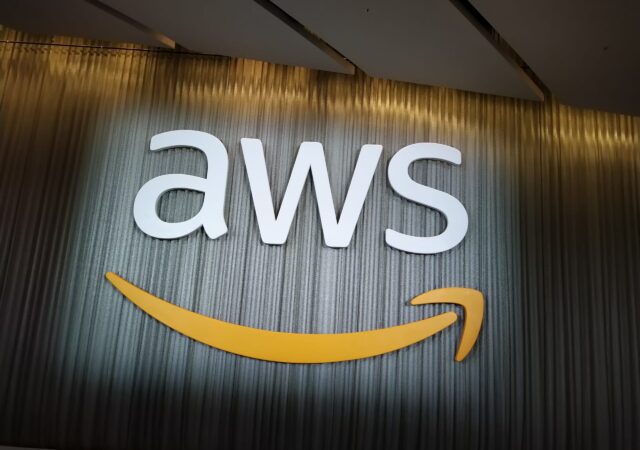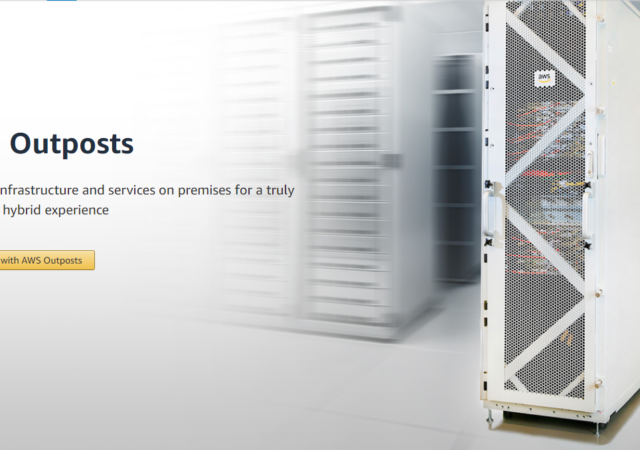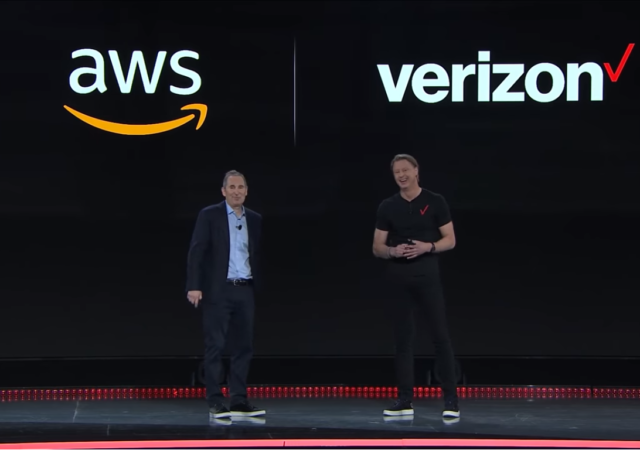Machine Learning is all the buzz right now, particularly with the current state of flux businesses are in. But where do we start?
Digitization – The Key to Business Resilience During a Pandemic
Business resilience during the COVID-19 pandemic has been at the forefront of any executive’s mind. We speak to AWS to find out some of the hallmarks of businesses showing resilience.
The Top Skills a Cloud Architect Needs to Be Successful
In world that is rapidly undergoing digitalization, the skill required by employers are also rapidly evolving. Take a page out of Paul Chen’s book as he highlights some of the more important skills for cloud architects.
Discovering AWS Outposts with Paul Chen
techENT sits down with Paul Chen from Amazon Web Services (AWS) to talk about their new AWS Outposts solution.
AWS Outposts Makes It Way To Thailand & India
AWS Outposts makes its way to Thailand and India bringing the flexibility and adaptability of AWS cloud services to on-premises data centers supporting edge computing and hybrid cloud.
AWS Outposts Land in Malaysia
Amazon recently announced the availability of AWS Outposts at their annual re:invent conference last year. The company is now bringing their edge computing service to Malaysia.
The Art of Enabling the Disabled
AI and ML are a big thing now. AWS is at the forefront of this technology.
The platform has allowed the tool to be more than just a predictive tool today.
How ethical hacking can improve your security posture
The current landscape of cyber security has changed dramatically. Protection through conventional methods may not be too effective.
How blockchain technology is enabling new ways of doing business
Blockchain technology has caught the world by storm really. From cryptocurrency and security, the application of blockchain is plenty. It could revolutionalise businesses in the modern world though.
Amazon Partners With Verizon for 5G Edge Computing with AWS Wavelength
5G is fast becoming the norm in the tech industry as more countries see the rollout of their own 5G networks. Back at AWS re:invent, Amazon Web Services made a significant announcement, in partnership with Verizon, which made it the…












